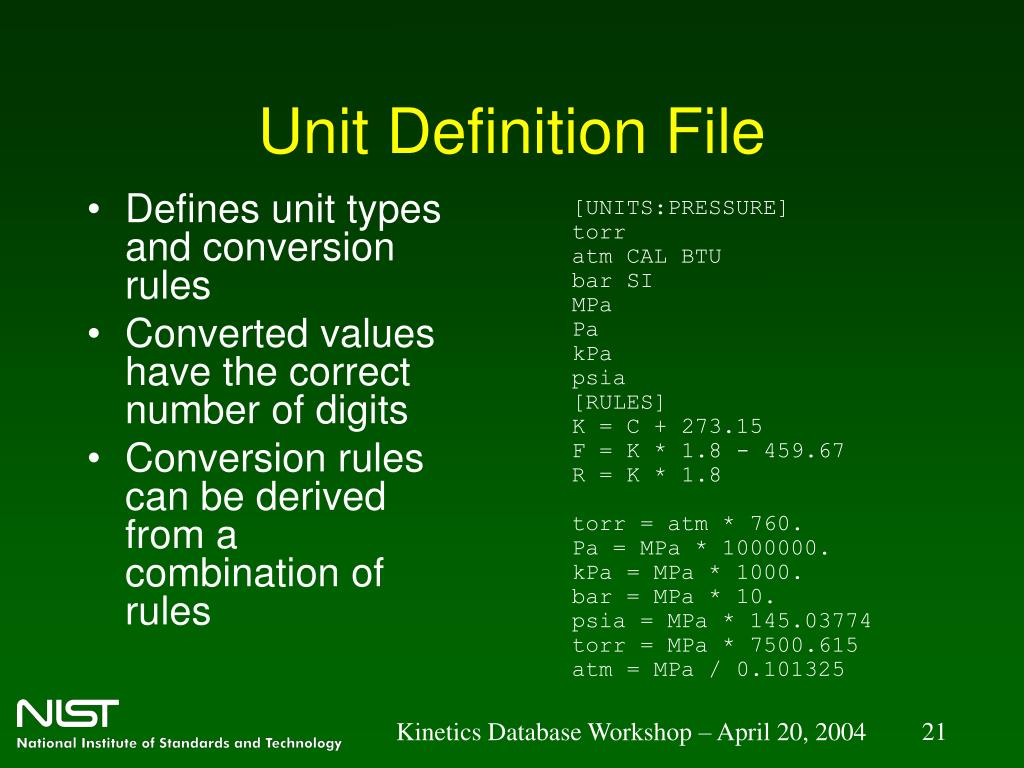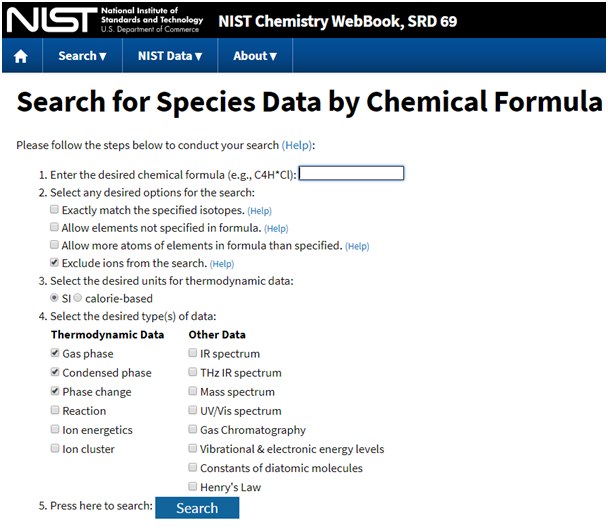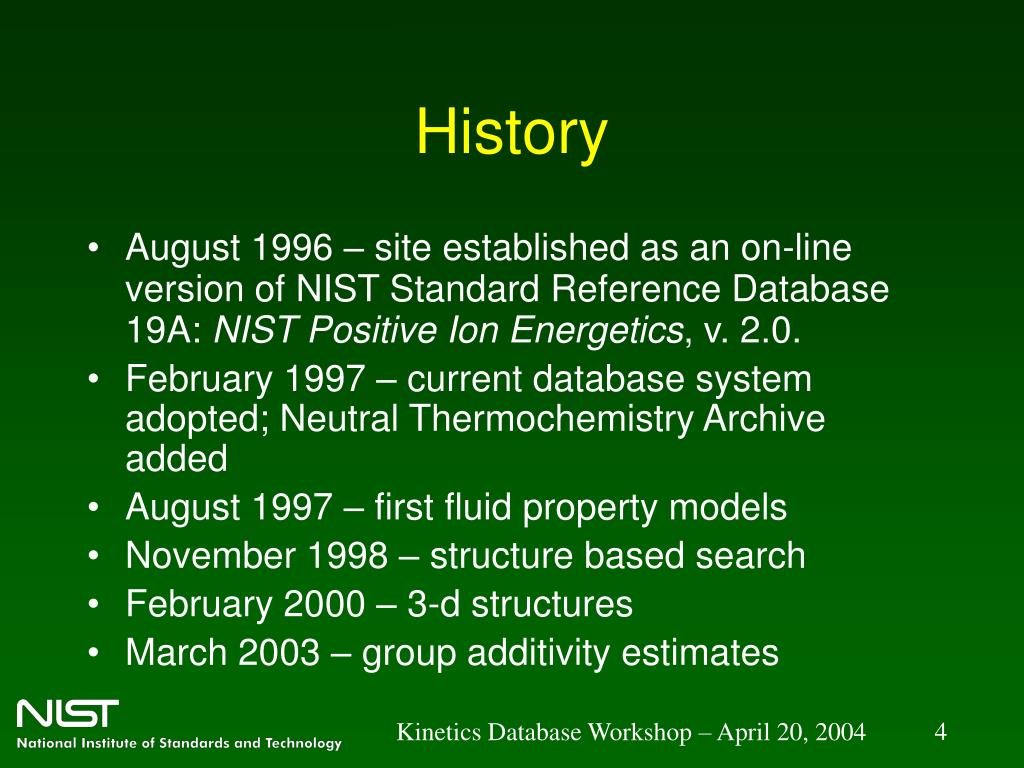

The activation energy for the not catalysed minus the activation energy for the catalysed over rt is given by subtracting the numerator and adding the two minuses.

The exploding and the denominator are subtracted from the exponents in the numerator. The basis constant here leaves us with a, uh, exponential, where the frequencies assumed to be constant drops out. That will be the same as the ratio of the right side for the corresponding catalyzed in the numerator energy not catalyzed in the denominator. We want to know the take ratio of the rate constants for the catalysed and the uncatchable ized, so we can divide it. The Iranians equation relates rate constant to activation energy. A couple of killer jewels should make a difference in the rate, but there's not a huge difference in the activation energy. The ratios of the rate constants for the catalyzed reaction are also being looked at. The catalyst is the eno that is consumed in the first step and then produced in the second step and said, Intermediates are species that are produced in an earlier step, to and then consumed in a later step. It will be produced later in the process.

A catalyst will first be consumed in an earlier step to be recognized. When we add the steps to get the overall reaction, we want to know which catalyst is the intermediate and which is the catalyst that cancels Ah. Under the influence of a catalyst, we have a reaction mechanism for destruction.


 0 kommentar(er)
0 kommentar(er)
